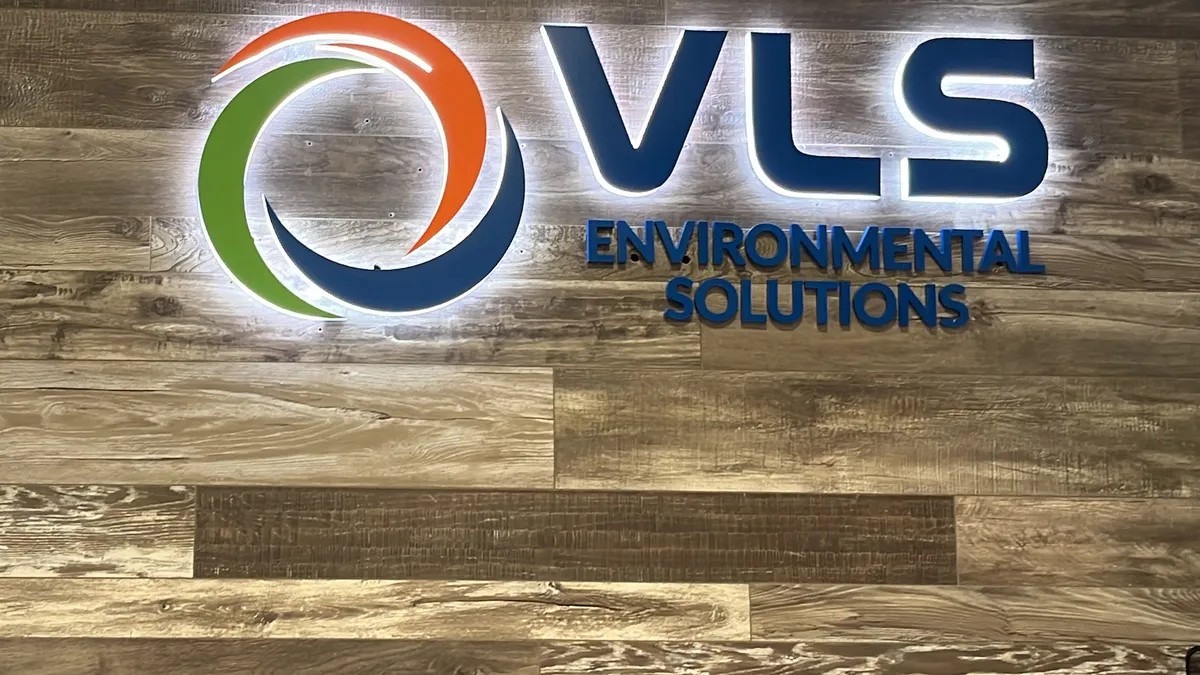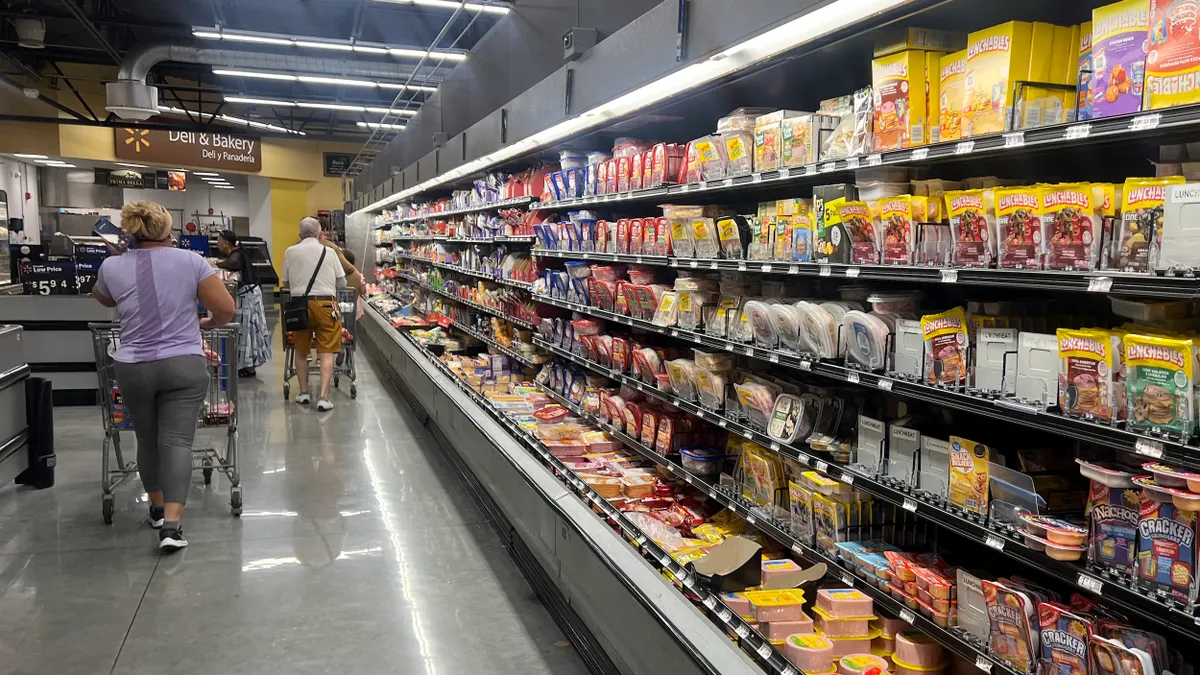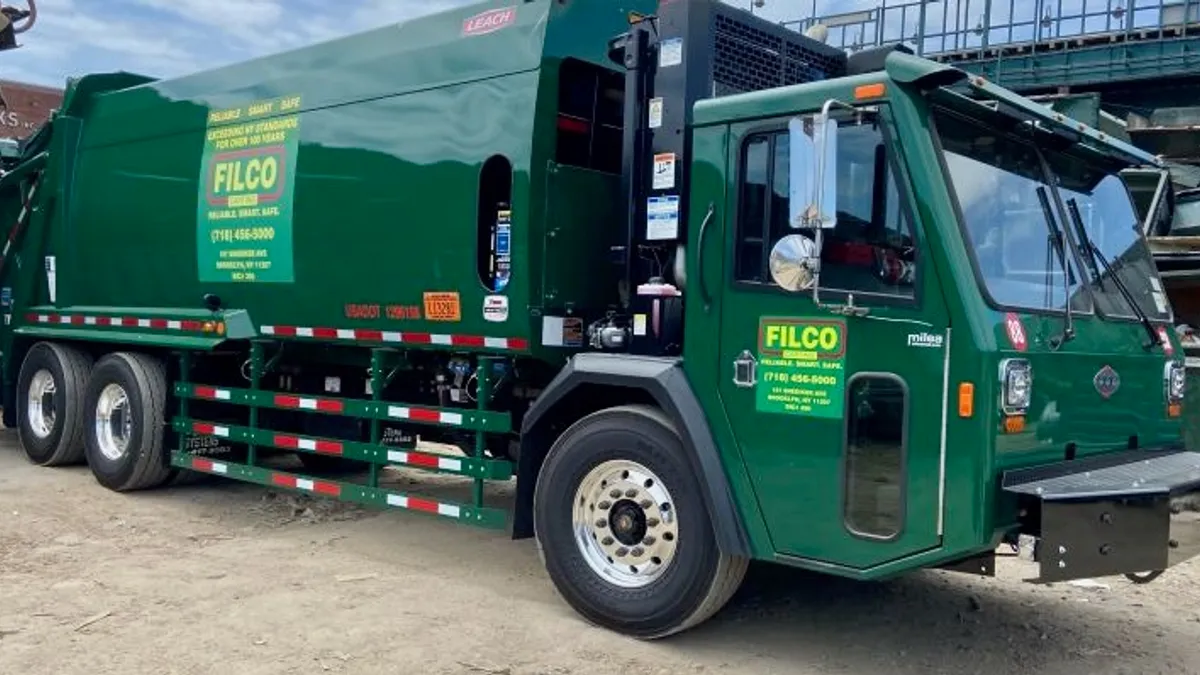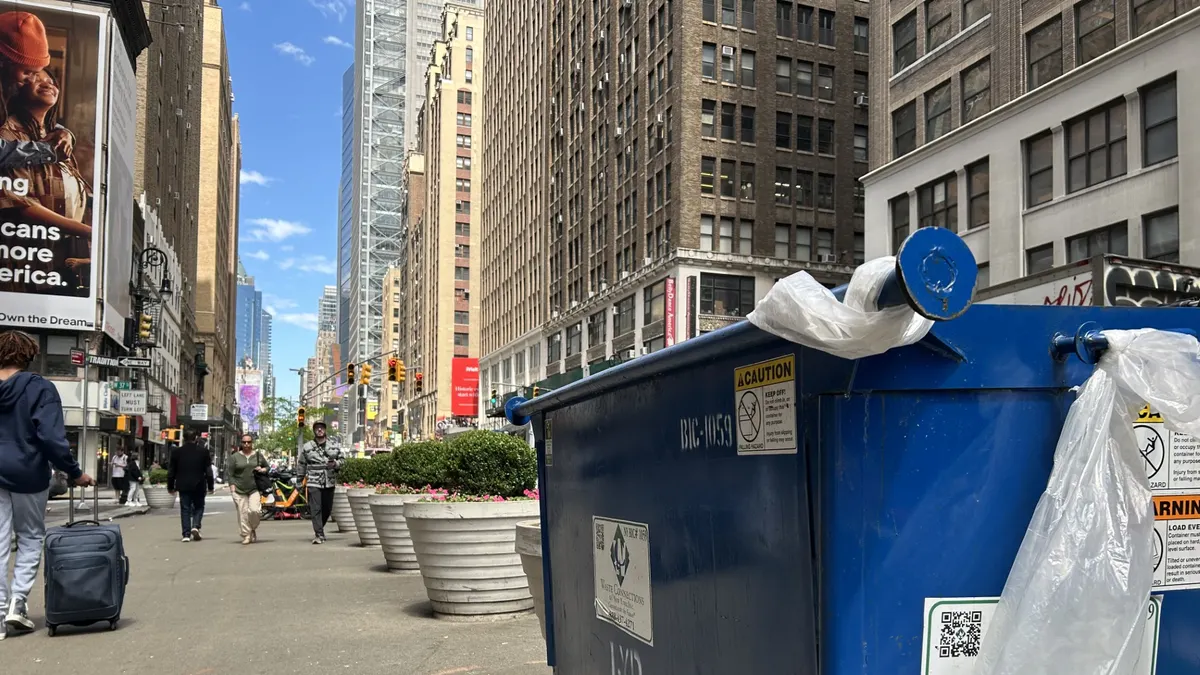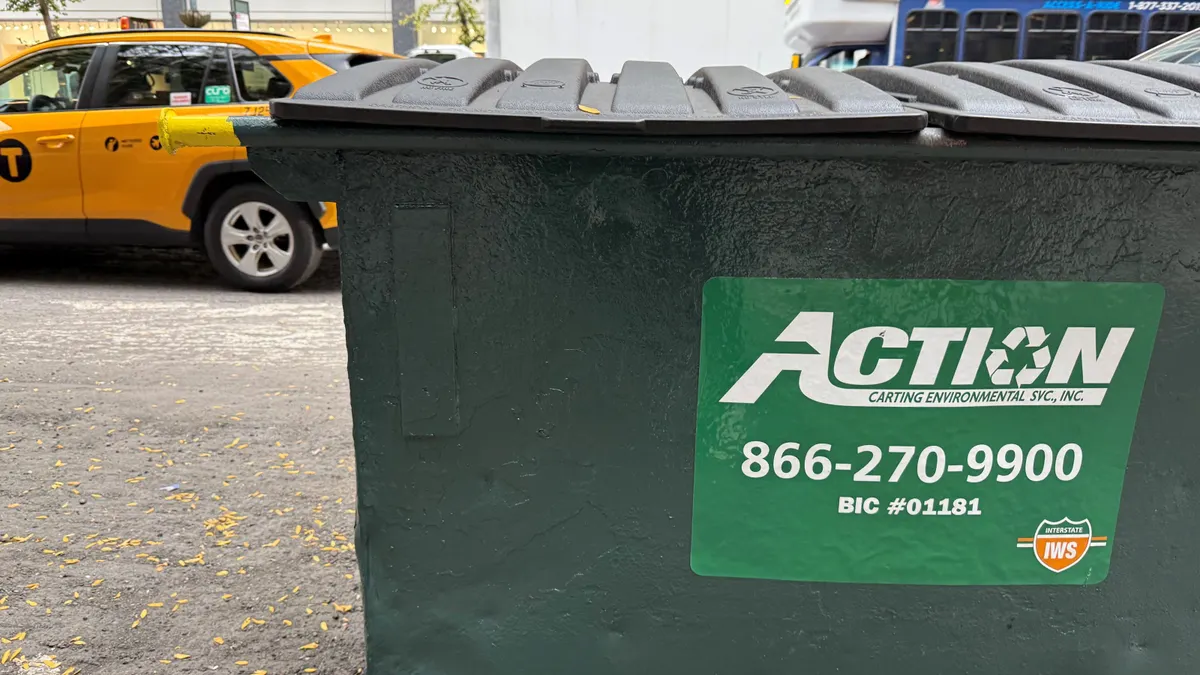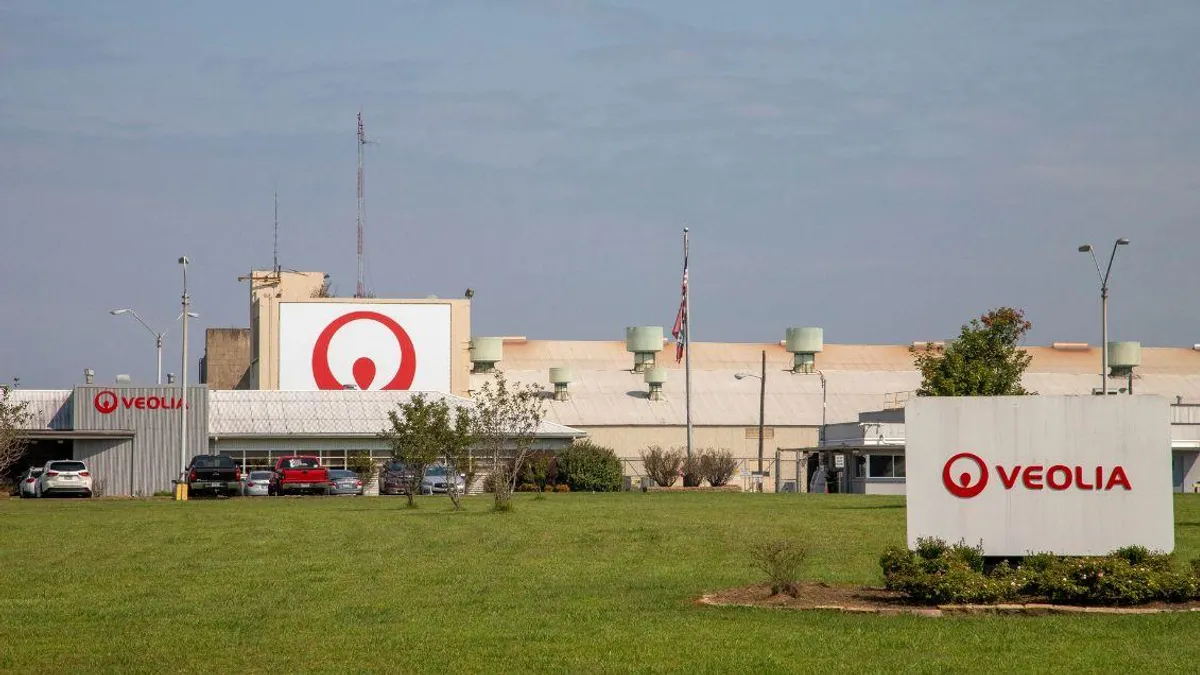As the environmental services sector sees growing interest from private equity investors and certain solid waste companies, VLS Environmental Solutions has become one of the more active players to watch.
The Houston-based company recently acquired Texas Molecular, which manages over 75 million gallons of hazardous and nonhazardous waste each year. That deal marked VLS’ entry into hazardous waste processing and came with two waste sequestration facilities in Texas that can potentially be a lower-cost option than other disposal alternatives.
This deal is the eleventh acquisition by private-equity backed VLS since 2017, bringing it to more than 1,000 employees across 38 locations. The transaction follows last summer’s sale of VLS to I Squared Capital, which has big expansion plans for the company.
Waste Dive recently spoke with VLS Director of Marketing Keith Rensink about the transaction, emerging opportunities to handle perfluoroalkyl and polyfluoroalkyl substances (PFAS) and what’s next for his company in the hazardous waste arena.
The following interview has been edited for length and clarity.
What are some highlights of the Texas Molecular facilities you’ve acquired and what capabilities will be new for VLS?
Everything we've done in the past is either processing non-hazardous waste, or moving hazardous waste but not processing — basically brokering it through our facilities. We have the sustainability outlets like waste-to-energy, wastewater treatment, recycling. We also have engineered fuels where we do a little bit more in terms of the recycling, it's a product that's converted to a cement kiln fuel and replaces coal. But this is the first time we'll be actually processing hazardous waste.
Texas Molecular has waste sequestration facilities. You're basically removing waste from the biosphere. So the facility receives material, it does some testing and a little bit of blending if we have to because certain products can't go down the hole without being treated first. Then we do a little bit of treatment, put it in a tank, test it to make sure everything's good and we pump it into the well. It's about a mile-and-a-half deep. So imagine two Statues of Liberty stacked on top of each other. It's four stratas below. It goes into a sand layer and it's part of a layer that is shared by all the petrochemical companies in the Texas and Corpus Christi area.
It's not a complicated process. It's really a pretty small facility relative to other hazardous waste processors. We look at this from a perspective that if you're going to take hazardous waste you have to process it somehow. You can't just stick it in a landfill, you can't just dump it on the ground, you do have to process it somehow.
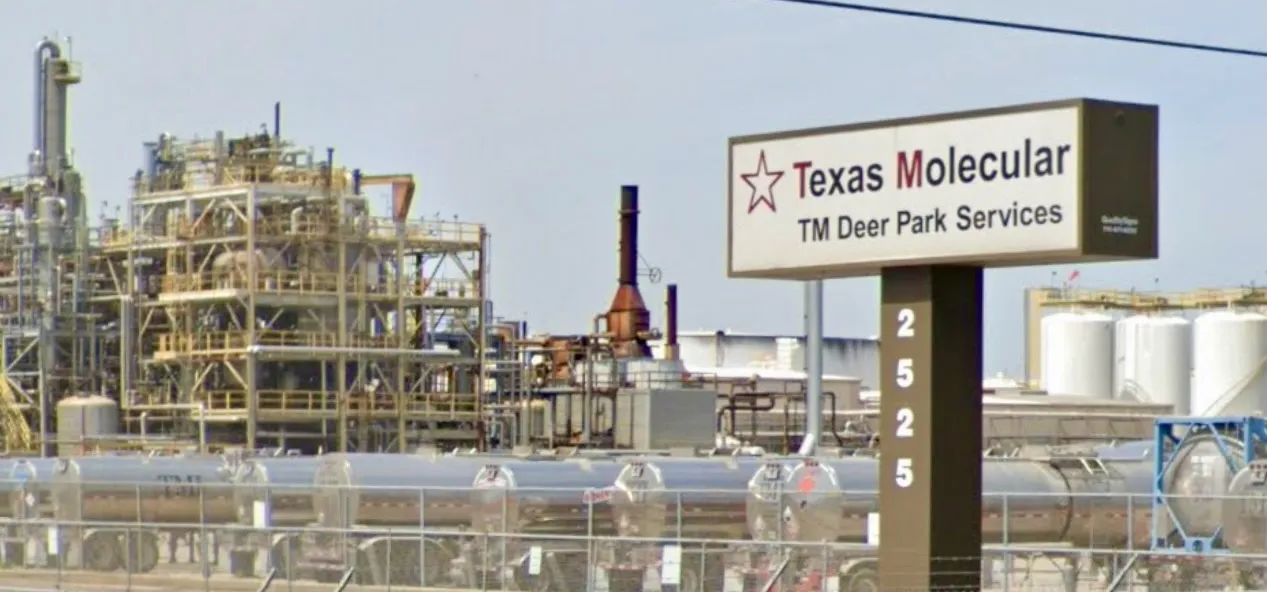
What that means is that you have to bring it into a facility, typically using incineration for hazardous waste. So you're going to need natural gas and electricity to keep that operating, then you're going have emissions on the other end. You're going to have to scrub the emissions and you need power for the motors and for the scrubbers. And then you're also going to have ash on the back end of it, and that is hazardous waste as well. Then that has to go to a hazardous waste landfill.
What we do with the sequestration is bring into the facility, we have some minimal carbon — motors and things like that to power the plants and the pumps — and then you inject it into a 10,000-year nonmigrate well. It's highly regulated by the EPA and it's actually a preferred technology for certain materials.
We're doing a study right now, a lifecycle analysis on waste, and we are going to determine the carbon difference of incinerating a hazardous waste versus waste sequestration of a hazardous waste. And I think the impact is going to be quite big.
In addition to inheriting new customers with the acquisition does this deal also give you cross-selling opportunities for existing customers?
Some of our biggest customers go to Texas Molecular and also use us. So there is a lot of overlap and a lot of synergy there. We have a rail cleaning and maintenance division and there's also some overlap there, surprisingly enough, because some of these major petrochemical companies also ship on a massive number of rail cars. It's a perfect fit really for the things that we're doing. And it's a great way to enter the hazardous waste market.
In addition to oil and gas, what other types of industrial customers will be served by these new capabilities?
The petrochemical companies are the typical ones because they've been refining oil, there's been chemical processing. That's part of the reason I think that some of the chemical manufacturers are able to be in that Houston area is because they have waste sequestration, they're able to be more cost effective as chemical manufacturing operations. So every chemical plant that's down there, every oil refinery down there, we work with them.
The more recent one, and the one that we're most interested in, is [generators of] PFAS in wastewater. Waste sequestration is the preferred technology from the EPA for it. Because when you incinerate, you put heat to a molecule, it only separates at about 2,000 [degrees] F. Incinerators are usually about 1,800 F. You could jack up the heat in an incinerator to get up to 2,000 and then it costs even more because you've got to use more fuel to get it up there. But there are papers that I've read that say by breaking up the PFAS molecules you're actually making it worse.
Number two, when you have wastewater and you're treating it that PFAS molecule doesn't go anywhere. It's a forever molecule. It's doing exactly what it's designed to do, which is to not break down — especially under heat. If you put it in a landfill, the landfill has leachate and that molecule gets into the leachate [that may go to a wastewater treatment plant].
That's why the EPA says this a preferred method of disposal, because you can sequester it underneath the strata. So we're interested in that as EPA moves forward with regulation [to potentially make it] a hazardous material. The opportunity here is that we have the ability to manage that.
What kind of geographic range is economical for you to ship material to these Texas facilities?
We take it from all over. We could bring it on rail, we can bring it in trucks. We have the two facilities. We have the one in Deer Park and there's three wellheads there. Then we have a new one in Corpus Christi that we're excited about as well, so we have four wellheads in the area.
We do go out as far as the East Coast, we've gone as far as the Midwest and we have facilities on the West Coast. We have relationships with people out there. We have the ability to move rail as well. So it's not uncommon for us to take a 20,000- or 30,000-gallon rail car in.
What should we expect to see from VLS in terms of organic or acquisitive growth around hazardous waste in the future?
Right now, we're integrating Texas Molecular. So this is one that we've had on our radar for some time. The people there and the people of VLS, we've known each other for a long time.
The new owner, I Squared, is with us to partner on technologies like this. Going forward, I think the sustainable technologies in hazardous waste are the ones that we're going to focus on. There will be acquisitions in the future. We have several in the pipeline as we speak. These are big acquisitions. We're definitely in a high-growth mode.
We're also very good at the non-hazardous waste, that's our core competency. So we're looking at constantly expanding the ability to provide waste-to-energy services and processing services. We're looking to grow more nationally and cover more regions and just be bigger at what we're currently doing.


